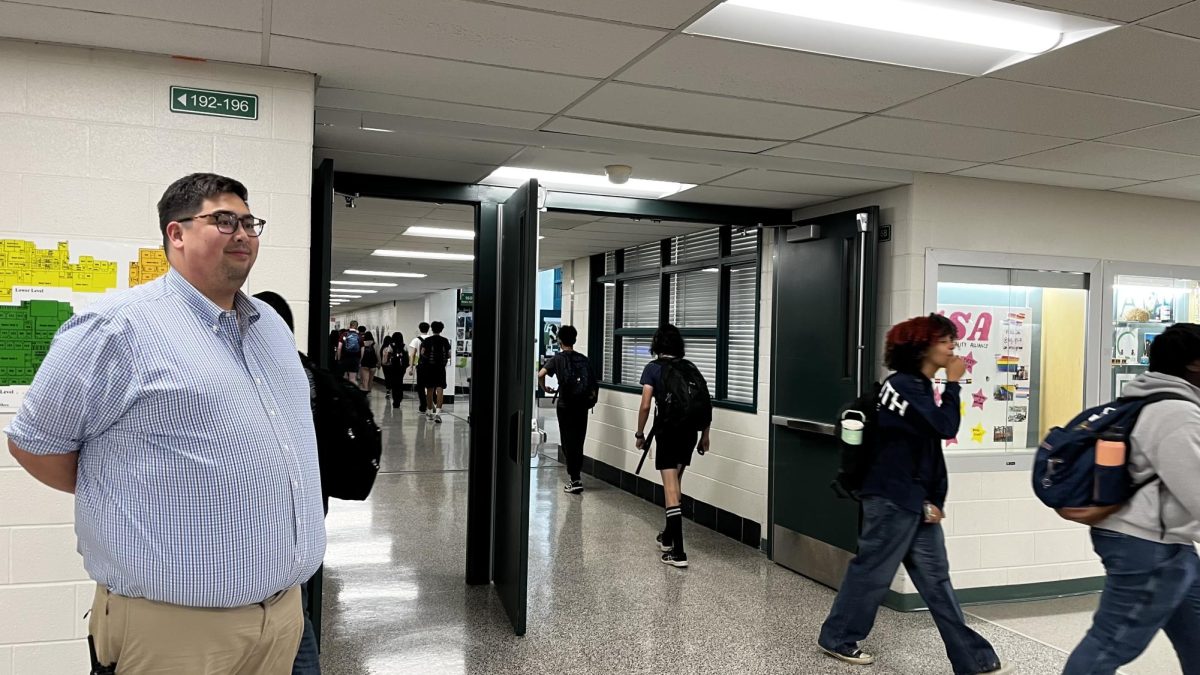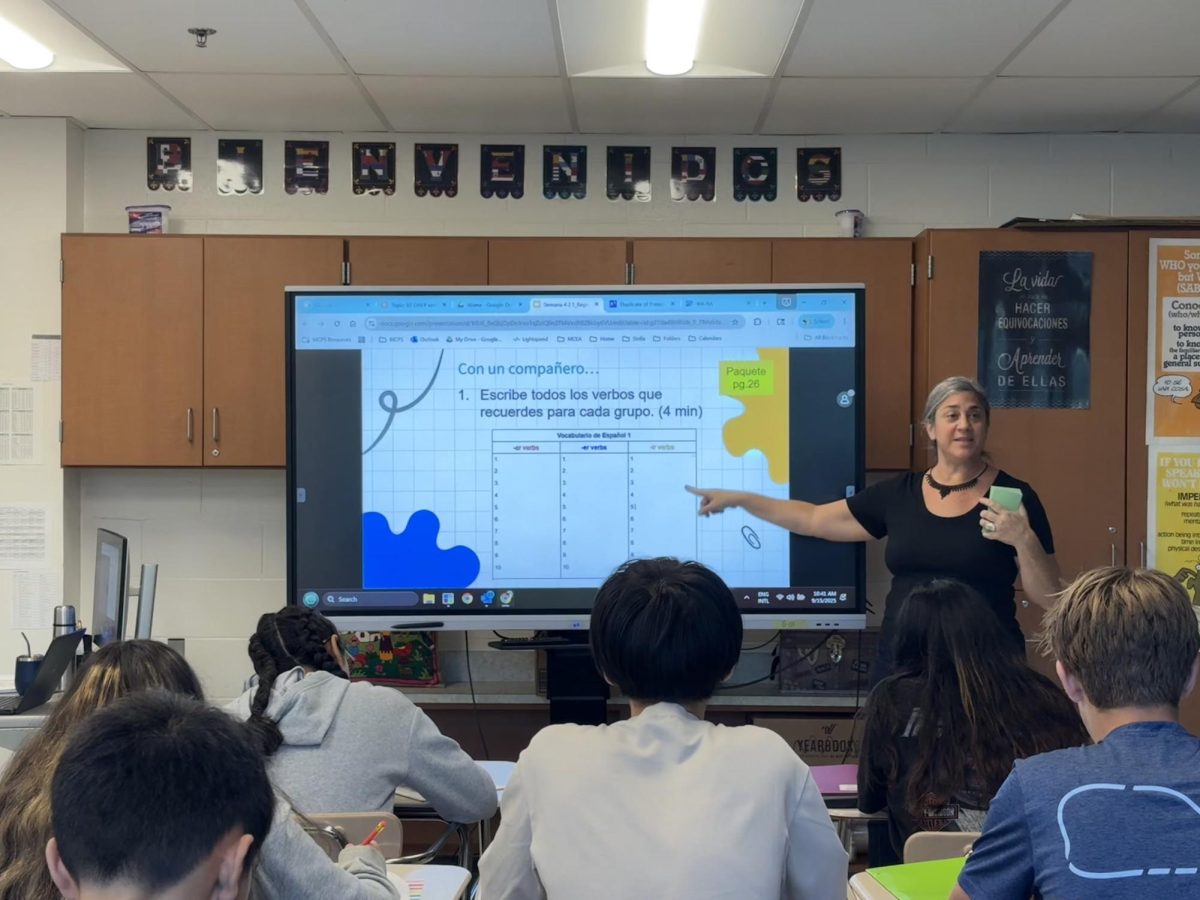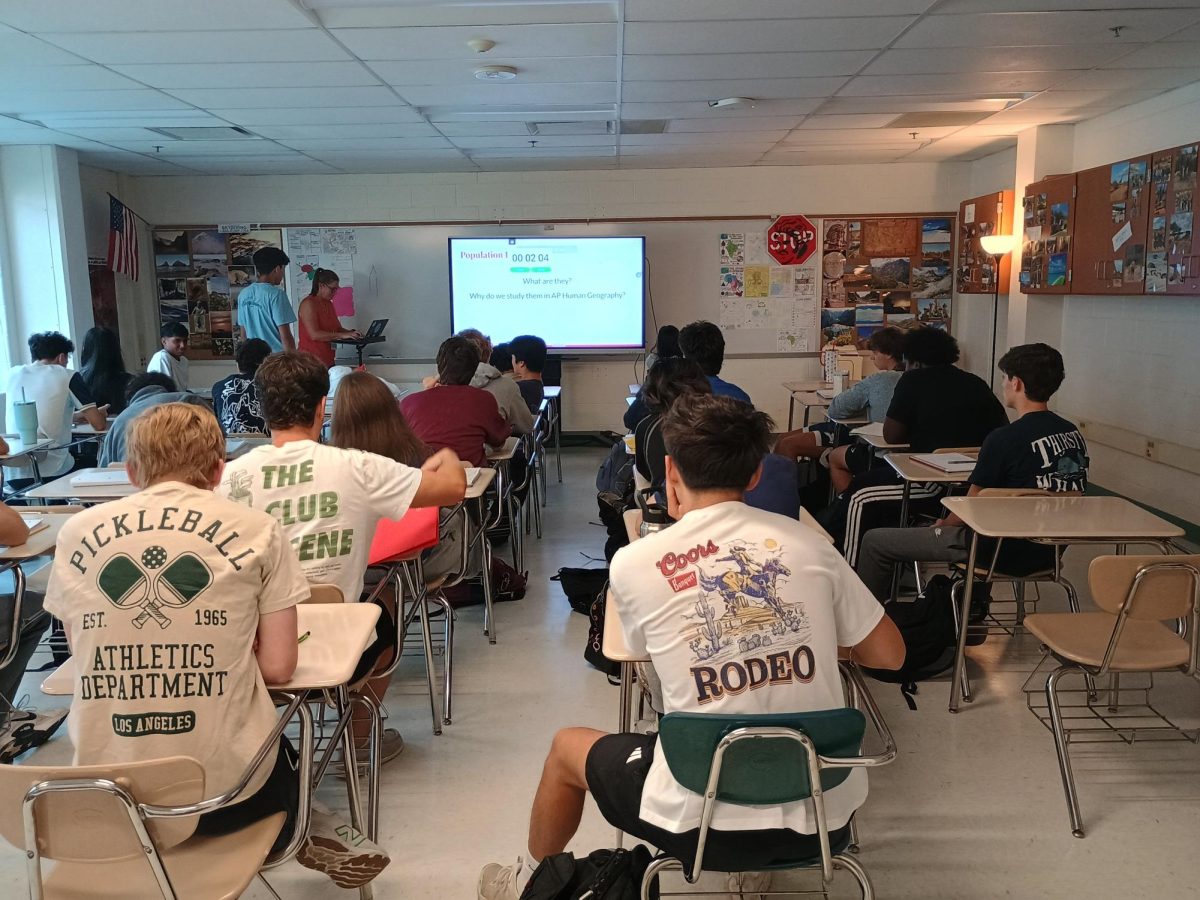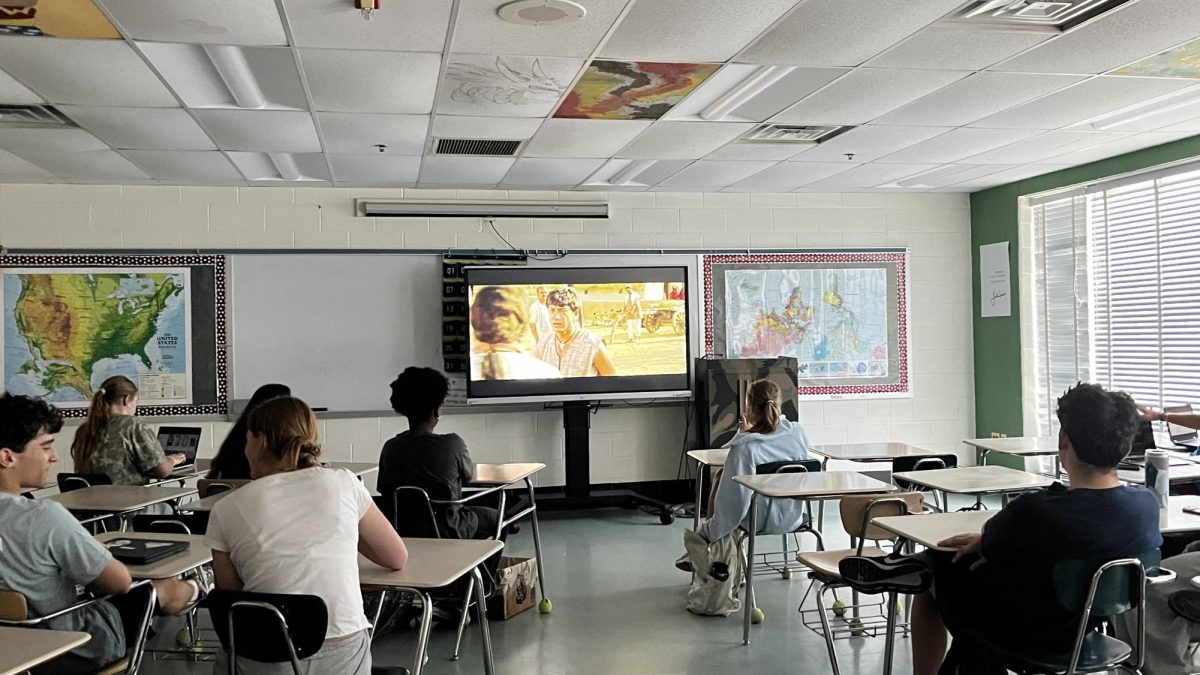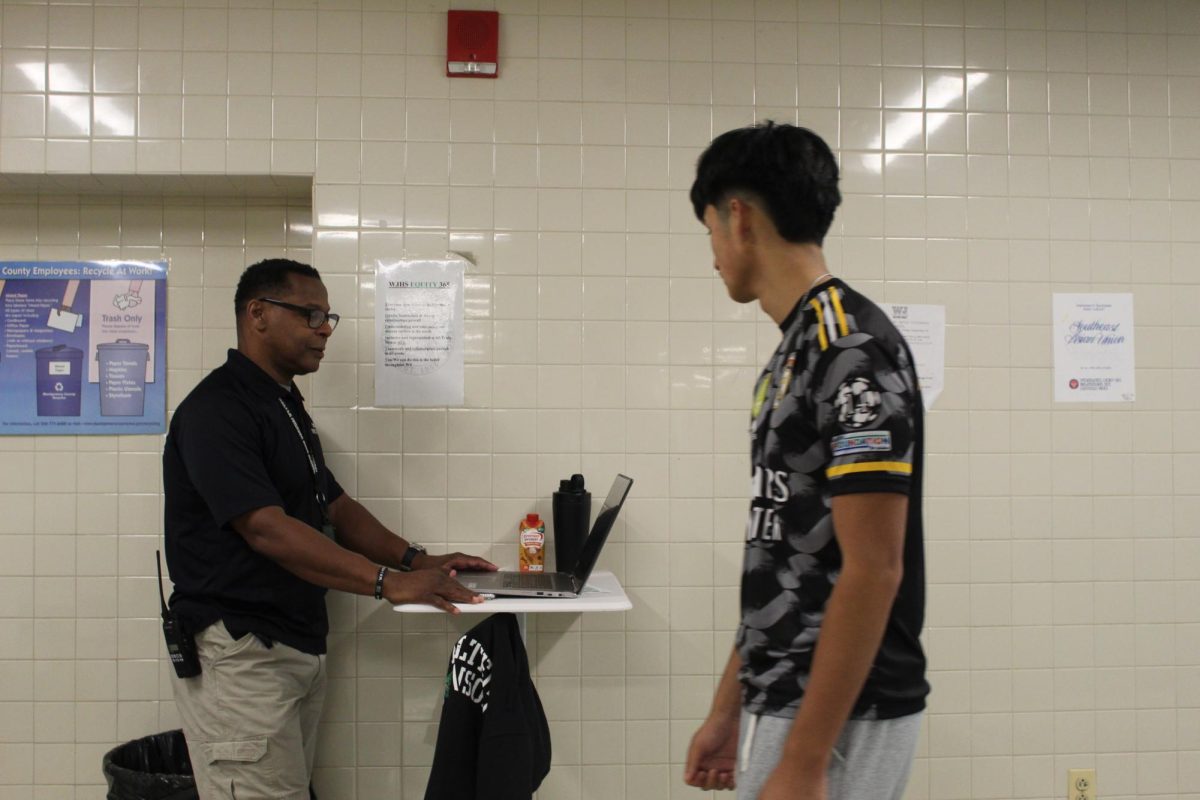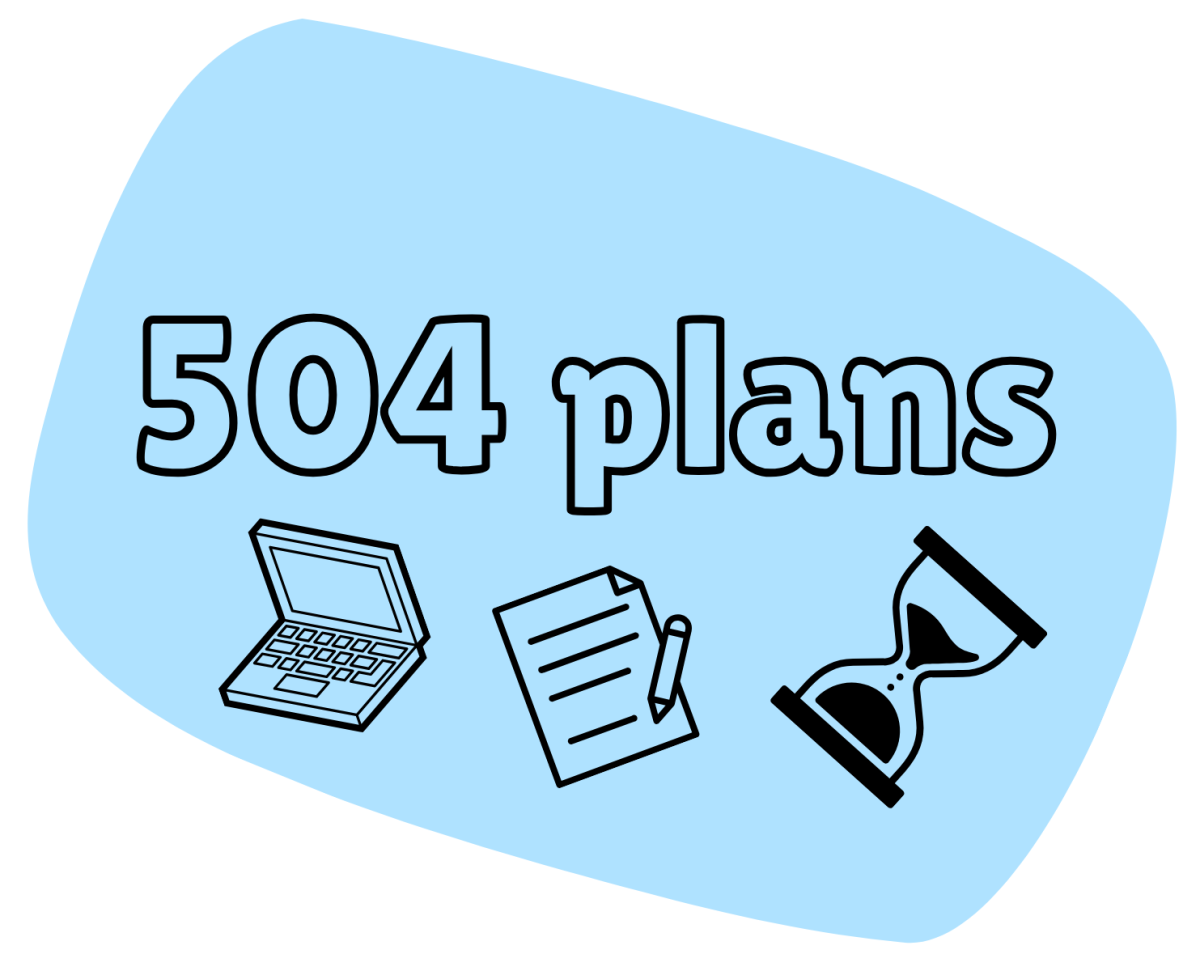For seniors, college applications take up most of the first semester. On top of homework, students have to muster through what seems like endless applications and essays. While all application platforms are somewhat the same, students have a choice between two main forms of applying to college: the Common or Coalition App.
While some colleges force students to use one platform, most schools are present on both, leaving preference guide students in deciding how they prefer to apply to college.
The Common and Coalition Applications provide students with one application to fill out that they can then send multiple times to each college they are applying to. Along with the non-specific central application, students can easily send any supplemental essay that is specific to the school to which they are applying.
The applications differ in the order a student fills out their application. On the Common App, students have practically complete freedom in the order they fill out their information. They can do their personal essay, then their supplementals and lastly family information if that is what they want. There are no restrictions on what they do when.
“I like the Common Application better because it gave me more freedom in how I submitted my applications,” senior Anna Runci said.
As well as giving students more freedom, the platform seems to be more efficient to students applying to a variety of schools. The Common Application has almost 800 schools available for students to apply to while the Coalition Application doesn’t even have 200 available.
“Only a few of my schools were on the Coalition Application so it was much more efficient to use the Common Application since I could access all my schools there… an added bonus is that the Common Application had a larger word limit for my essay,” Runci said.
Many students also think that the Common Application gives them a better chance of showing off their extracurricular success. The Common Application gives students the ability to submit ten extracurricular activities to a college while the Coalition Application only gives students eight extracurricular activities to submit.
In contrast to the Common App, the Coalition Application unlocks certain tasks as a student completes others. For example, a student cannot begin their supplemental essays for a college until they have filled out their personal information. The Coalition platform will lock the next portion of the application until prerequisite tasks are completed.
“It provides me with more structure and forces me to get each section done completely. By the time I get to the last part of the application, I know that I am done and didn’t miss and important parts,” senior Izzy Orezzoli said.
While many students find that the Coalition App is too structured, for forgetful students who need structure to ensure they complete everything on time, the Coalition Application is much more appealing.
Some students found the Coalition Application to be less interactive and make them not as motivated to finish their applications.
“Most of my schools were on the coalition application but the only reason I didn’t like it was that it didn’t shoot confetti on my screen every time I submitted an application like the Common Application,” senior Ali Becker said.
While the senior class seems divided on which college application platform is better, it is clear that the problem is really based on the students’ preference. In the end, the two platforms are just conduits between a student and the college they are applying too. The information in each site is the same, whichever one students choose is purely based on their preference.







